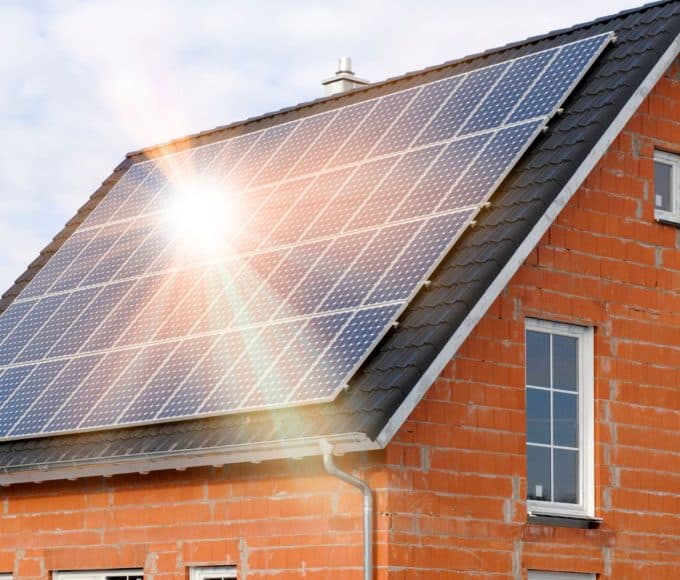Maintaining the various areas of your home is a crucial aspect of keeping them stable and secure. One major area of your home that requires upkeep is its siding. So let us shed some light on this vital feature of your home and give you a better idea about how to know if it’s time to replace your home’s siding.
Blisters or Bubbles
Blisters and bubbles forming on your home’s siding are some of the most prominent indications that you’re due for a replacement. These small marks might not seem like significant issues at first glance. But beware. When they start to show up, they’re usually minor symptoms of severe water damage in your siding’s interior.
This becomes especially obvious when you consider that one of the main functions of your home’s siding is acting as a protective barrier that prevents water from seeping into other areas of your dwelling. So, if you notice bubbles and blisters, don’t ignore them. Call a professional to examine and evaluate the actual condition of your siding.
Cracks, Warped Spots, or Rot
If you’re trying to figure out how to know if it’s time to replace your home’s siding, head outside and look for cracking, warping, and signs of rot. For instance, if you have wood siding, rotting materials will start to look powdery, brittle, or even verging on crumbling altogether. Further, if your siding is vinyl or fiber cement, it’s wise to look for cracks and warping.
These symptoms are usually evidence that the damage to your siding is so extensive that it’s beyond repair. So, when you see these issues, you should address them as soon as possible. And once you decide you need a replacement, talk to your contractor about how to find the right siding materials and which are the most durable. This way, you can ensure you replace your old siding with longer-lasting materials that won’t wear out as quickly.
Higher Energy Bills
When you think of siding, your mind may not go to your energy bill’s bottom line. However, because your siding is responsible for protecting and insulating your home, it can have a drastic effect on your heating and cooling costs if it doesn’t function the way it should. So, if you’re noticing a steady increase in your energy bill every month, it’s worth looking into whether your siding is the cause. If you observe signs of decay on your siding and a much larger number on your utility bill, it’s more than likely due to faulty siding.
Fungus, Mold, and Mildew Growth
Of course, you should also be on the lookout for mildew, mold, and fungus growth on the surface of your siding. It’s pretty easy to see when there’s an overgrowth of spores or fungus on this feature of your dwelling. These types of spores will make the siding look discolored. They may also make it appear as if there’s a layer of grime coating some regions of your panels. Mold or fungal growth usually means that the siding has extensive moisture buildup and will need professional replacements
Siding is an essential aspect of your home that needs regular examination and upkeep. Hopefully, this guide provides some new insight into how to tell when you might need to call someone in to have your siding replaced.
For other tips and tricks, check out our page here.















